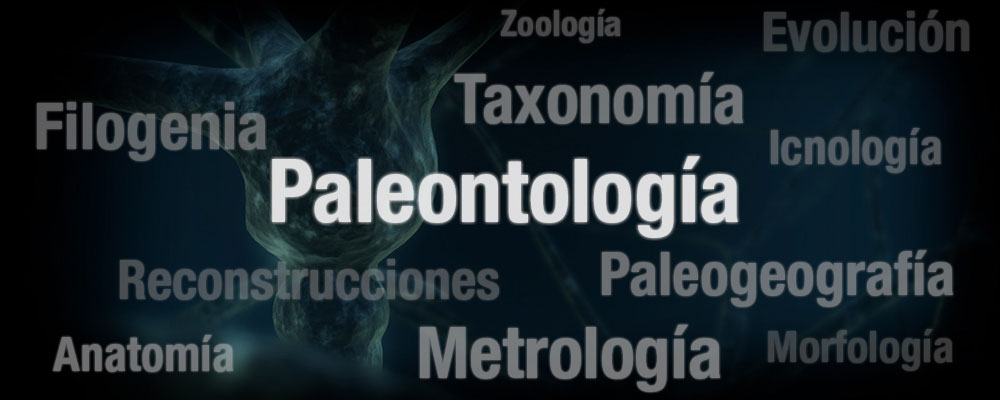
Publicaciones Elefantes enanos siciliano-malteses
- Tamaño Bruhathkayosaurus
- Nota de prensa: las densidades de los dinosauro
- Densidades de los tetrápodos
- Récords dinosaurios saurópodos
- Evolución cráneo Palaeoloxodon
- Poster Palaeoloxodon
- Récords dinosaurios terópodos
- Elefantes antiguos de Alemania
- Tamaño de los Proboscideos
- Elefantes enanos de Sicilia
- Mamuts del Río Songhua
- Dinogeografía
Autor: Asier Larramendi
El Octubre del año pasado (2014), por invitación de la profesora Maria Rita Palombo, me hallaba estudiando numerosos restos de una variedad de elefante enana (comúnmente identificados como Palaeoloxodon falconeri) en el Museo de La Sapienza de Roma. Las numerosas, fotos, medidas y datos obtenidos han servido para poder realizar un estudio paleobiológico.
Maria Rita y yo, hemos descrito los posibles impactos fisiológicos y alométricos que sufrieron los elefantes de las islas de Sicilia y Malta debido a su reducido tamaño, de apenas 300 kg para los machos, y uno 165 kg para las hembras. Entre estos cambios, caben destacar las drásticas modificaciones en la estructura corporal respecto a su posible ancestro, Palaeoloxodon antiquus, un coloso de 4 metros de altura y 13 toneladas de peso. Así como cambios más que notables en la estructura craneana. Estos pequeños elefantes experimentaron un incremento alométrico del endocráneo, lo cual les promocionaba de unos cerebros enormes. El cociente de encefalización calculado en nuestro estudio, sugiere que estos elefantes pudieron haber tenido un alto nivel de habilidades cognitivas, superiores a los de los elefantes actuales y comparables a la de los delfines.
El diminuto tamaño de estos elefantes, apunta a que su esperanza de vida y ciclo reproductivo eran más cortos que el de los elefantes actuales. Por otra parte, es posible que esta especie enana estuviera cubierta por una fina capa de pelo.
Os dejo el abstract (en Inglés) y el link al articulo:
Body Size, Biology and Encephalization Quotient of Palaeoloxodon ex gr. P. falconeri from Spinagallo Cave (Hyblean plateau, Sicily)
During the period of 1958 and 1960, the richest sample of Palaeoloxodon ex gr. P. falconeri (104 individuals) was recovered from Spinagallo cave (Syracuse, Hyblean Plateau, SE Sicily). Subsequently, several composite skeletons were reconstructed. Four of them are today exhibited at the Paleontological Museum of Department of Earth Sciences of Sapienza University of Rome (MPUR). Three of the skeletons representing an adult male (MPUR/V n1), an adult female (MPUR/V n2) and a calf (MPUR/V n3), were analysed in order to reconstruct the physical appearance and estimate the body mass of the species. The rigorous skeletal restorations suggest that the living males approached a height of 100 cm at the shoulder and over 300 kg in body mass, whereas females were around 80 cm high and around 165 kg. The sexual dimorphism in Palaeoloxodon ex gr. P. falconeri was concluded to be comparable to extant elephants. The small size probably had a direct influence in the animals’ physiology and biology; including a shorter life span, rapid growth, and changes in thermoregulation mechanisms. The drastic allometric size reduction experienced by Siculo-Maltese dwarf elephants, produced noticeable changes in the skull, showing some paedomorphic features that were present in young P. antiquus and in extant juvenile elephants, and in the axial and appendicular skeleton proportions with respect to its putative mainland ancestor Palaeoloxodon antiquus. Some unique traits observed in the limb bones, suggest a more agile locomotion in P. ex gr. P. falconeri than other elephantids. Nevertheless, the most noteworthy change is the positive allometric increase of the brain case. The large change in brain proportions was related to the need to maintain the minimal functional volume of the brain when the size of the skull was drastically reduced.






